Ilpum Garden (일품가든)
7.7Km 2021-03-30
109-10, Seosomun-ro, Jung-gu, Seoul
+82-2-3789-7295
This is a restaurant where you can taste both shabu-shabu (sliced meat and vegetables boiled in water) and roasted meat. This Korean dishes restaurant is located in Jung-gu, Seoul. The representative menu is shabu-shabu.
Chuseok Agricultural Specialty Products Seoul Market (추석 농수특산물 서울장터)
7.7Km 2024-09-04
12 Eulji-ro 11-gil, Jung-gu, Seoul
+82-2-2133-6658
Chuseok Agricultural Specialty Products Seoul Market is held at Seoul Plaza, providing Seoulites with the opportunity to purchase high-quality agricultural specialty products from across the nation in one location.
Motion - apM Branch [Tax Refund Shop] (모션 APM)
7.7Km 2024-04-23
4F, #155, to #157, 253, Jangchungdan-ro, Jung-gu, Seoul
-
Yurimmyeon (유림면)
7.7Km 2021-03-29
139-1, Seosomun-ro, Jung-gu, Seoul
+82-2-755-0659
This store, which has a long history of over 50 years, makes noodles using only Bongpyeong buckwheat. The best menu at this restaurant is buckwheat noodles. This Korean dishes restaurant is located in Jung-gu, Seoul.
Hwangudan Altar (환구단)
7.7Km 2020-05-07
112, Sogong-ro, Jung-gu, Seoul
+82-2-3396-5842
Hwangudan Altar, also called Hwandan Altar, refers to an altar complex for the rite of heaven. The rites were first performed in the Goryeo dynasty by King Seongjong in the first month of 983 (2nd year of his reign), but was repeatedly adopted and abolished, and eventually stopped at the start of the Joseon dynasty.
Then in 1456 (2nd year of King Sejo), the practice was temporarily standardized and the rites were performed at Hwangudan Altar again in 1457. However, rites were again abolished in 1464 (10th year of King Sejo). It wasn’t until 1897 (34th year of King Gojong) when the Joseon dynasty was renamed as the Korean Empire and King Gojong ascended to emperor, that the rite was revived.
Now, Hwangungu Shrine and three stone drums stand at the location of the former altar complex. The three stone drums symbolize the instruments used for the rites. The shrine was completed in 1899, two years after the altar was started in 1897. Today, the Hwangungu Shrine still stands within the hotel grounds of the Westin Chosun Hotel.
Nolboo Bossam & Budaejjigae Euljiro6ga(놀부보쌈&부대찌개 을지로6가)
7.7Km 2024-10-15
2F, 34, Euljiro43-gil, Jung-gu, Seoul
+82-2-2264-1669
This is a Korean cuisine located in Dongdaemun Gate, Seoul. One of Korea’s representative restaurant franchises. The best menu at this restaurant is napa wraps with pork.
Solb - Konkuk Univ. Branch [Tax Refund Shop] (솔브 건대)
7.7Km 2024-04-17
1F, 115, Neungdong-ro, Gwangjin-gu, Seoul
-
Cheonggyesan Mountain (청계산)
7.7Km 2024-03-20
Makgye-dong, Gwacheon-si, Gyeonggi-do
+82-2-2155-6870
Standing at 618 meters above sea level, Cheonggyesan Mountain boarders the area of Yangjae-dong, Seoul and Gwacheon-si, Seongnam-si, and Uiwang-si, Gyeonggi-do. From the top, visitors can enjoy panoramic views of Seoul's city center and Gyeonggi-do. The mountain is well-maintained with various hiking trails, making it easy to climb even for beginners. In the fall, the mountain is known for its stunning fall foliage, attracting numerous visitors.
Cheongsongok (청송옥)
7.7Km 2024-02-20
14 Seosomun-ro 11-gil, Jung-gu, Seoul
Cheongsongok is a jangteo gukbap (rice soup) restaurant that opened in 1984. The signature menu is jangteo gukbap, a rice soup with green onions and radishes in beef bone broth. The kimchi served with the gukbap is homemade, known for its spicy flavor and crisp texture. Nearby is Deoksugung Palace, and the Seokjojeon Hall in Deoksugung Palace presents a picturesque landscape harmonized with the garden, making it a popular spot for photography.
SK Telecom T.um (SK텔레콤 미래기술체험관 T.um(티움))
7.8Km 2024-03-06
65, Eulji-ro, Jung-gu, Seoul
+82-2-6353-6665
SK Telecom T.um is an ICT museum. T.um stands for 'Technology, U-topia, Museum'. It boasts a wide array of experience technologies such as 5G autonomous vehicles, drones, flying cars, artificial intelligence, big data, virtual reality, augmented reality, robots, Internet of Things, and 3D printing. Visitors can also see the future city based on 5G. Reservations are required online.

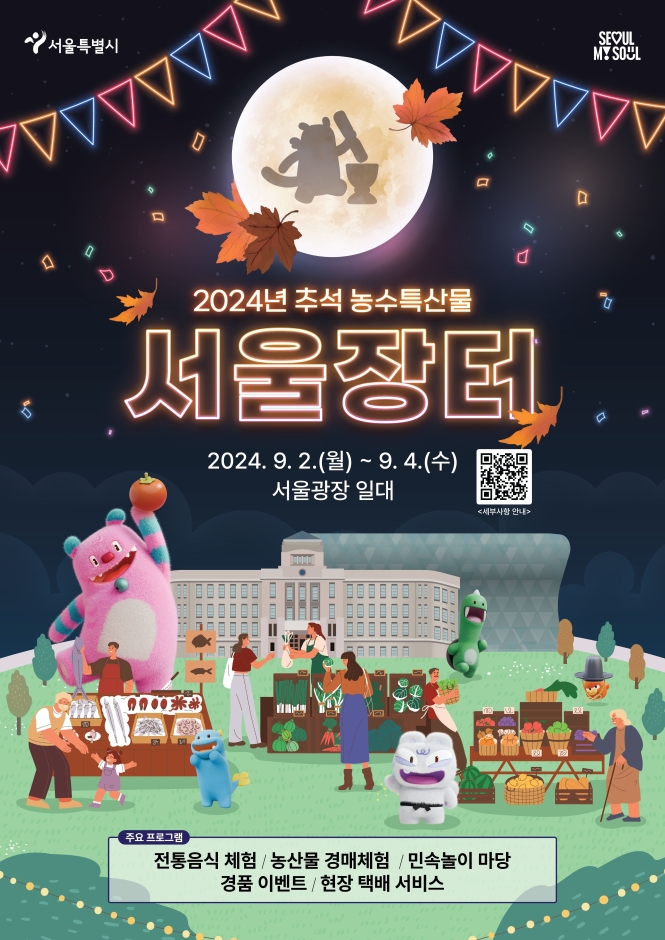
![Motion - apM Branch [Tax Refund Shop] (모션 APM)](http://tong.visitkorea.or.kr/cms/resource/52/2889352_image2_1.jpg)
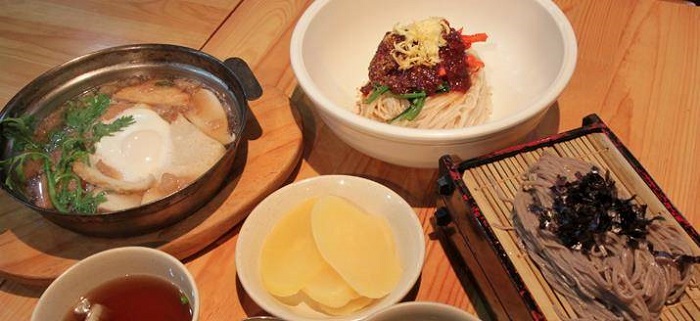

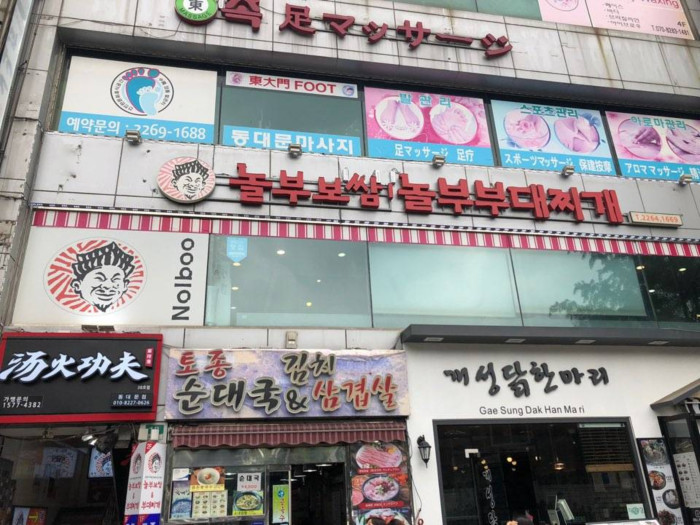
![Solb - Konkuk Univ. Branch [Tax Refund Shop] (솔브 건대)](http://tong.visitkorea.or.kr/cms/resource/99/2878799_image2_1.jpg)

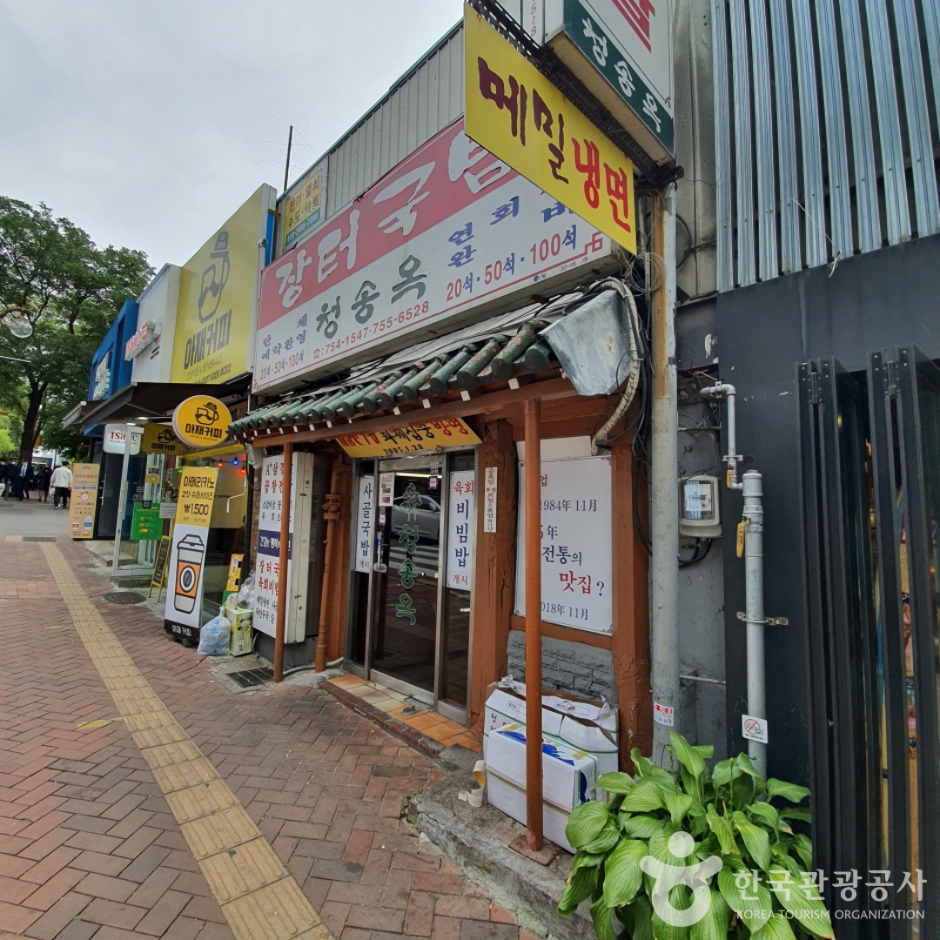
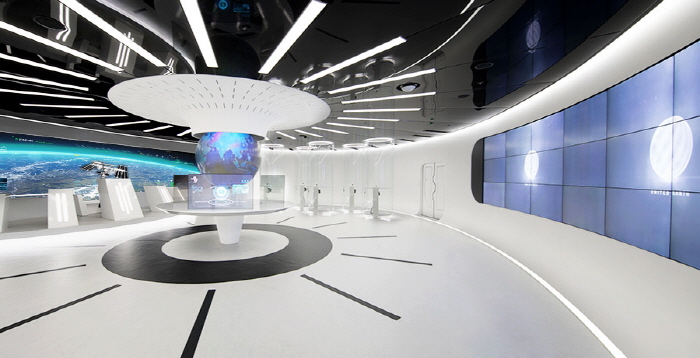
 English
English
 한국어
한국어 日本語
日本語 中文(简体)
中文(简体) Deutsch
Deutsch Français
Français Español
Español Русский
Русский